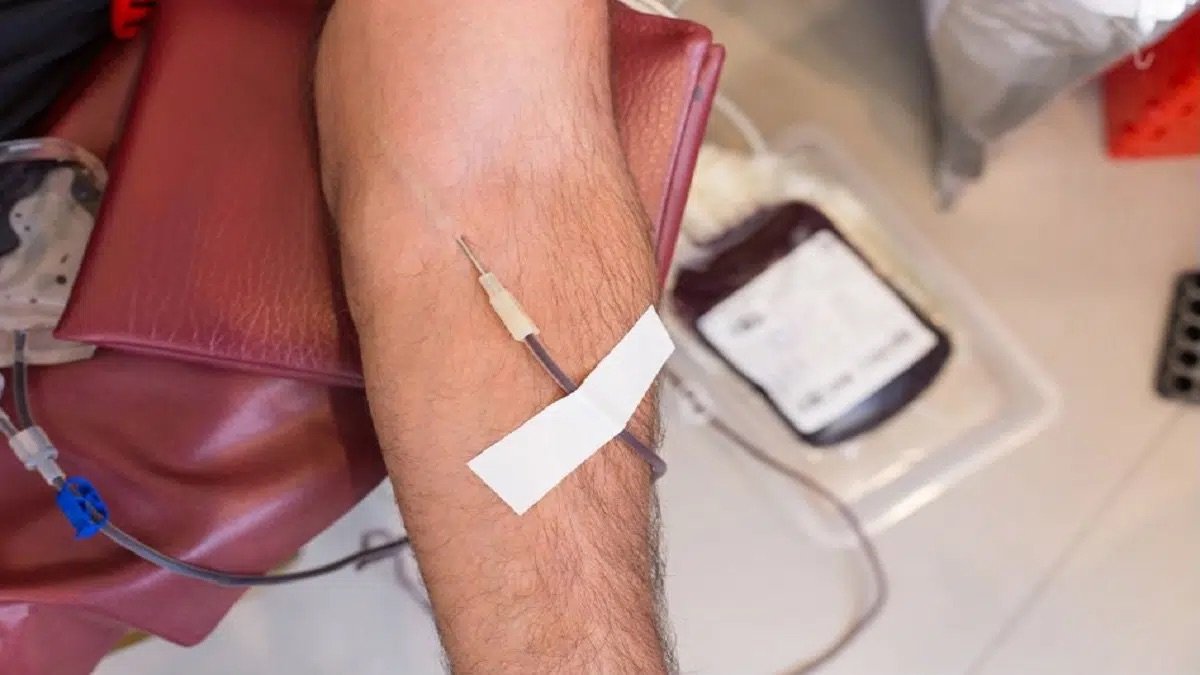Stretching after a workout is often overlooked, but it plays a vital role in overall fitness, recovery, and long-term athletic performance. Whether you’re a seasoned athlete or just starting your fitness journey, post-workout stretching can offer a range of benefits that support muscle health, flexibility, and injury prevention.
In this article, we will explore the importance of post-workout stretching, the science behind its benefits, and the best stretching techniques to incorporate into your routine. If you want to enhance recovery, reduce soreness, and improve your flexibility, post-exercise stretching should be an integral part of your fitness regimen.
Why Post-Workout Stretching is Important
After exercising, muscles are often tight and contracted. Stretching helps elongate the muscles, promoting better flexibility and preventing injury. The process of stretching post-workout also enhances blood flow, helping deliver oxygen and essential nutrients to the muscles, aiding recovery.
Below are the primary benefits of incorporating stretching after your workout:
1. Reduces Muscle Stiffness and Soreness
One of the most common issues faced after intense physical activity is muscle stiffness and soreness, particularly in the 24-48 hours following exercise, known as delayed onset muscle soreness (DOMS). Stretching after a workout helps reduce this stiffness by increasing circulation and releasing tension in the muscles.
By elongating the muscles, you help them return to their natural state more quickly, minimizing the tightness that contributes to soreness. Stretching also promotes the removal of lactic acid, a byproduct of exercise that can lead to muscle discomfort.
2. Improves Flexibility and Range of Motion
Flexibility is essential for maintaining a full range of motion in the joints. Consistent post-workout stretching can increase your flexibility over time, improving overall athletic performance. A greater range of motion allows you to perform exercises more efficiently, using the full potential of your muscles, which can enhance strength and coordination.
Improving flexibility can also reduce the risk of injuries, particularly muscle strains and joint issues. If your muscles are too tight, they may be more prone to tearing or overuse injuries during future workouts.
3. Aids in Muscle Recovery
After a strenuous workout, your muscles need time to recover and rebuild. Stretching encourages increased blood flow to the muscles, speeding up the recovery process by delivering oxygen and nutrients more efficiently. This helps reduce recovery time and improves muscle repair, making you feel less fatigued after exercise.
Additionally, stretching helps your muscles relax and cool down after a workout, which can prevent sudden cramping or spasms that sometimes occur after intense activity.
4. Improves Posture and Reduces Risk of Injury
Stretching can significantly improve your posture by balancing muscle tension. Poor posture often results from tight or shortened muscles, especially in areas like the hips, shoulders, and back. Regular stretching helps correct muscle imbalances, leading to better posture, which in turn can improve your form during workouts and daily activities.
Additionally, maintaining a flexible and balanced body reduces your risk of injury. Tight muscles can put extra strain on other areas of the body, leading to joint pain, back issues, and other musculoskeletal problems. Stretching improves muscle elasticity and joint mobility, which reduces the likelihood of pulling a muscle or suffering from joint problems.
5. Enhances Mental Relaxation
Stretching is not only beneficial for the body but also for the mind. The process of stretching helps you unwind and relax after a workout. It promotes mindfulness, allowing you to focus on your breathing and calm the mind. This mental relaxation can improve your overall sense of well-being and reduce the stress hormones that are often elevated after intense physical activity.
Incorporating mindful stretching at the end of your workout can help create a positive mental space, reducing anxiety and promoting a sense of accomplishment.
Types of Stretching: Static vs. Dynamic

Not all stretches are created equal, and it’s essential to understand the difference between the types of stretches and when to use them. The two main types of stretching used in fitness routines are static and dynamic stretching.
Static Stretching
Static stretching involves holding a stretch in a challenging, yet comfortable position for 15-60 seconds. These stretches help improve flexibility and target specific muscles, promoting recovery and relaxation.
Some examples of static stretches include:
- Hamstring stretch
- Quadriceps stretch
- Calf stretch
- Shoulder stretch
- Child’s pose
Static stretching is best performed after a workout when the muscles are warm and pliable. It can help elongate muscles that may have contracted during exercise and prevent stiffness.
Dynamic Stretching
Dynamic stretching involves controlled movements that gradually increase reach, speed, or both. Unlike static stretching, dynamic stretches are active and are often used as part of a warm-up to prepare the muscles for activity. These stretches help improve range of motion, enhance coordination, and stimulate blood flow to the muscles.
Some examples of dynamic stretches include:
- Leg swings
- Arm circles
- Lunges with a twist
- Hip rotations
While dynamic stretching is beneficial before a workout, it is less effective for post-workout recovery compared to static stretching. Incorporating static stretches after your workout will be more effective for elongating muscles and improving flexibility.
Best Post-Workout Stretches to Incorporate into Your Routine
Here are some of the most effective stretches to include after a workout:
1. Hamstring Stretch
Sit on the floor with one leg extended straight and the other bent, with the foot near the inner thigh. Reach forward towards the extended leg, aiming to touch your toes. Hold this position for 20-30 seconds before switching legs.
2. Quadriceps Stretch
Stand upright and pull one foot towards your buttocks, keeping your knees together. Hold this stretch for 20-30 seconds before switching legs. This stretch targets the front of your thigh and helps prevent tightness in the quadriceps.
3. Calf Stretch
Stand with your hands against a wall or sturdy object, step one foot back, and press your heel into the ground while keeping the back leg straight. Hold this stretch for 20-30 seconds before switching legs.
4. Shoulder Stretch
Bring one arm across your body at shoulder height, and use your other hand to gently pull the arm closer to your chest. Hold for 20-30 seconds and switch arms.
5. Child’s Pose
Kneel on the floor, sit back on your heels, and reach your arms forward, lowering your chest towards the ground. Hold this position for 20-30 seconds. This stretch helps to relax the lower back and shoulders while improving flexibility.
How Long Should You Stretch After a Workout?
The optimal duration for post-workout stretching varies depending on your fitness level and goals. Aim to spend 5-10 minutes stretching after each workout to maximize the benefits. Holding each stretch for 15-60 seconds allows the muscles to relax and recover properly. Focus on deep, controlled breathing during each stretch to enhance relaxation.
Conclusion
Stretching after exercise is crucial for anyone looking to improve flexibility, prevent injury, and enhance muscle recovery. It helps reduce muscle soreness, promotes relaxation, and ensures that your body stays limber and ready for the next workout. By incorporating effective static stretches and dedicating time to post-exercise recovery, you can improve your overall fitness and long-term health.
Remember, consistency is key—by making stretching a regular part of your fitness routine, you’ll not only feel better but also see long-lasting benefits for your body and mind.





